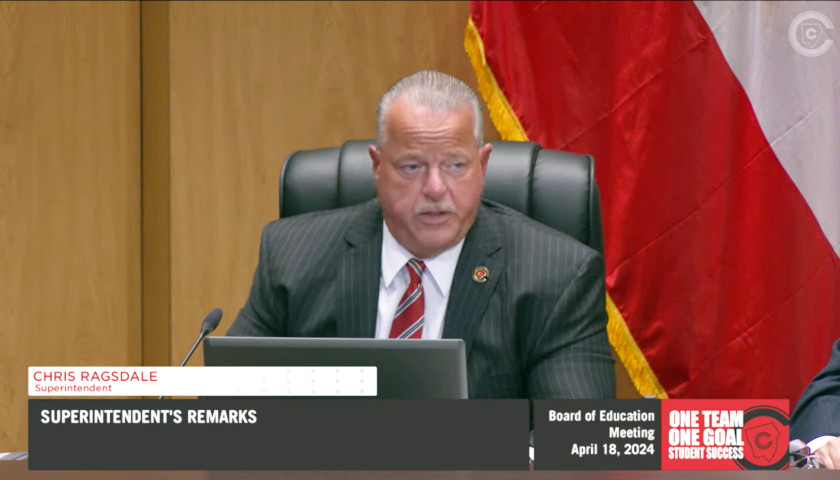Advocates on both sides of the abortion debate see Ohio’s elections earlier this week as reason to seek change.
In 2019, Republican Governor Mike DeWine signed the Heartbeat Act to protect unborn life in cases when doctors can detect a fetal heartbeat. The act’s fate is now tied up in the courts, but pro-lifers have reason for optimism that the law will be upheld as Republicans maintained control of the Ohio Supreme Court by sweeping the judicial elections this year.
While Democrats ran hard on the abortion issue against Republicans for court offices as well as governor and Senate, Republican jurists beat their Democratic challengers on Tuesday, DeWine prevailed over former Dayton Mayor Nan Whaley, and Republican J.D. Vance won retiring GOP Senator Rob Portman’s seat over U.S. Rep. Tim Ryan (D-OH-13).
Pro-lifers see their success in all of these races as reason to push for a general ban on abortion in the Buckeye State. Ohio Right to Life unveiled a plan this week to advance its cause. That plan includes backing crisis pregnancy centers via state legislation, private financial support and volunteerism; educating state residents about “dignity of the human person … made in God’s image and likeness”; and working to strengthen family and marriage.
“Ohio now is our time!” Ohio Right to Life Chief Executive Officer Peter Range said in a statement. “It is our time to save preborn children who are in danger of being aborted. It is our time to help moms, dads and babies in need. It is our time to educate the state on the dignity of the human person and it is our time to rebuild the family for a thriving society. Ohio, it is time to abolish abortion and restore our broken culture!”
Range said he hopes comprehensive right-to-life legislation will pass the Ohio General Assembly by the end of this year.
Pro-abortion activists, meanwhile, are strategizing to effect a ballot initiative to amend the Ohio Constitution to protect abortion rights. Article 2 Section 1 of the state constitution enables residents to initiate a ballot question by empaneling a committee of three to five people to create and disseminate a petition to submit their proposal to voters in an election. The petition would need to receive the signatures of 1,000 Ohio voters.
“It’s a when,” Kellie Copeland, executive director of Pro-Choice Ohio, told the press of a potential ballot initiative. “It’s not an if.”
– – –
Bradley Vasoli is managing editor of The Ohio Star. Follow Brad on Twitter at @BVasoli. Email tips to [email protected].
Photo “Abortion Protesters” by Becker1999. CC BY 2.0.








